Back In Time: Husqvarna War Stories
Post World War 2, the Husqvarna factory went from strength-to-strength, supplying the world with their affordable 118cc motorcycles. At the end of the 20-year production run, close to 100,000 units of the popular machine were built.
The press release announced a novelty made by Husqvarna in Huskvarna. This happened back in 1939 and the machine was the newly developed ‘Angel-Wing’. This 118cc bike would appeal to the masses after it replaced the popular predecessor of 98cc – the small bicycle with a bolt-on power source was now an outdated model. The introduction of the Angel Wing could not have come at a worse time however. The second world war was around the corner and during the coming six years the factory only churned out a couple of 100 of these new motorcycles. However, in the postwar period things changed dramatically…
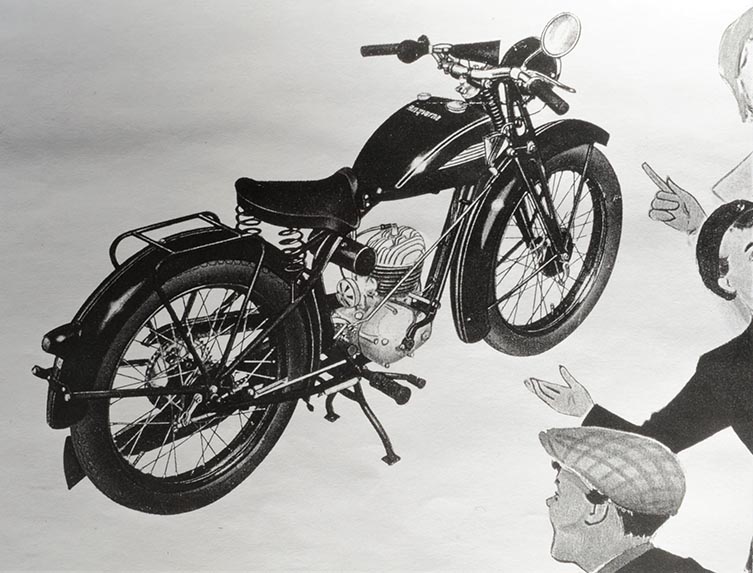
So, the roots of this newcomer came from the 98cc machine and was initially nicknamed the ‘Angel-Wing’. Actually, the small 98cc-powerpack was a pre-evolution of the 118cc engine that was included in the new Husqvarna Model 20. It was a product from the factory’s Research & Development department. Gone were the days of the resemblance to a bicycle. Now, it featured a three-speed gearbox, a kick-starter and footpegs. The main reason for its introduction was the new motorcycle legislation – as of 1939, at 16 years of age, you could ride a lightweight bike that did not weigh more than 75 kilos. The vehicle had to be registered and as a rider, you had to have a valid license. Those were the criteria introduced before the war. It should also be mentioned that there was a Model 21, which had a speed limit of 40 km/h and was regarded as the baby brother of the Model 20.
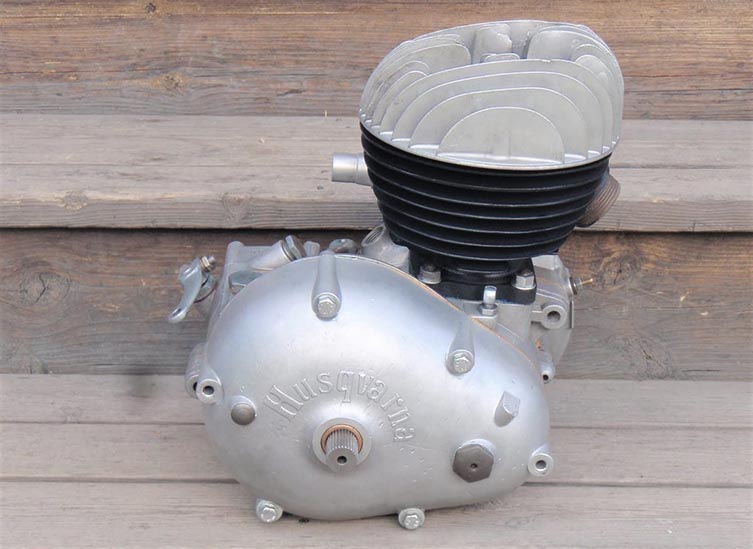
After the World War came to an end, the need for transportation was enormous and manufacturers met an insatiable market. But people lacked money, so a two-wheeled vehicle was the most suitable means for getting from A to B. Sticking to their guns, Husqvarna were adequately prepared as they had a well-working production logistic left over from 1939. They continued in the postwar period and fast became a dominating factor on the growing bike market in Sweden.
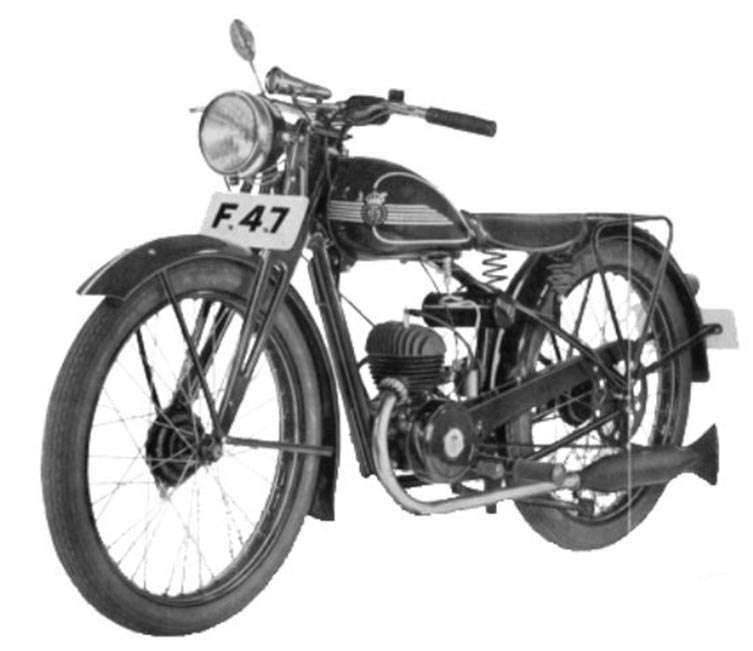
Way back when – and still today – the first thing you notice while the engine runs is the smell of its two-stroke oil-mixture fuel. It affects your nostrils, but also reminds you of a time when the motorcycle wasn’t as sophisticated as it is nowadays. Husqvarna’s breakthrough came in 1946 when the factory tooled up and introduced Model 24 of the 118cc bike. Actually, it was also referred to as the 120 Husqvarna although the engine had a true displacement of 118cc. This was a high-quality machine with an engine that gave a performance of three horsepower. The Model 24 was inexpensive and cost 960 Swedish kronor at a time when many people were making about 12 kronor a day. However, the machine was less for fun, but mostly used for going to work. It was not for dignitaries, but rather affordable for daily travelers who had to commute on a daily basis.
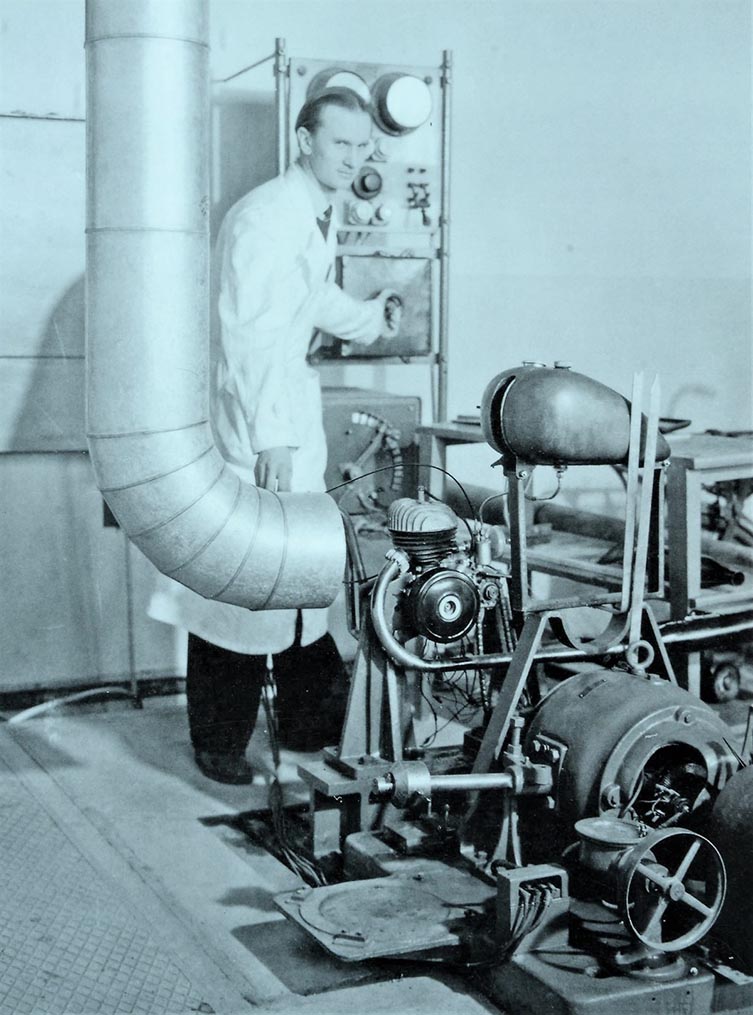
Still, there was a status to be able to afford a motorcycle in an economy that hadn’t yet contributed to Sweden’s future welfare. The sales figures in just three years were 30,000 units of the Model 24, now named the ‘Black-Mill’ (Svart-Qvarnan in Swedish). Details of the Black-Mill bike included parallelogram front forks, a rigid rear frame, a manual shift lever on the right side of the tank, painted rims striped in golden color, a small tool-box and a usable rear rack. In 1950 the Model 27 came on the market and was slightly improved from the 24, with improved quality and better riding comfort. The top speed was now rated at an impressive 75 km/h.
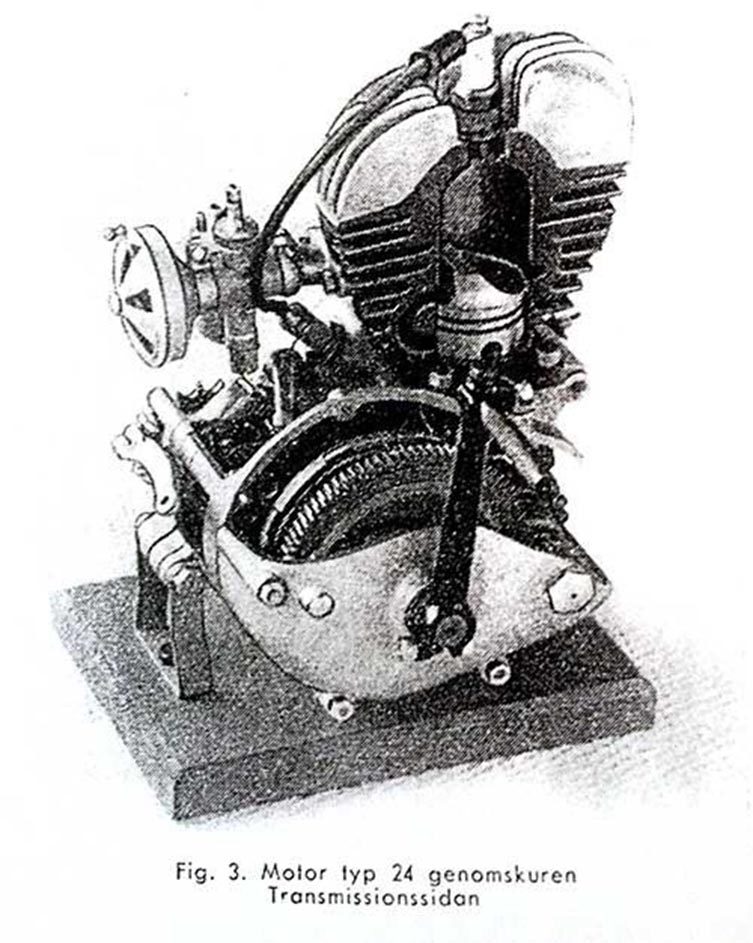
Four years later, in 1954, the number of domestic dealers had increased to more than 800 sales outlets. We had now gone from Model 24 to Model 30 and at the time, there were close to 70,000 happy owners in Sweden. In a Husqvarna advertisement, it was announced that four versions of the 120 machine were available to customers. The most expensive product was the exclusive 30 Sport costing the proud sum of 1,618 kronor. And the catalogue now offered a red version, properly named the Red-Mill, while there was also a Blue-Mill outfit – made in an ocean blue color. The last Model 32 was introduced in 1957 as Model 32 Sport, giving the owner a performance of an adequate six horsepower. A couple of years later the production of the successful ‘Qvarna’ was terminated as there were new motorcycles in the Husqvarna pipeline.
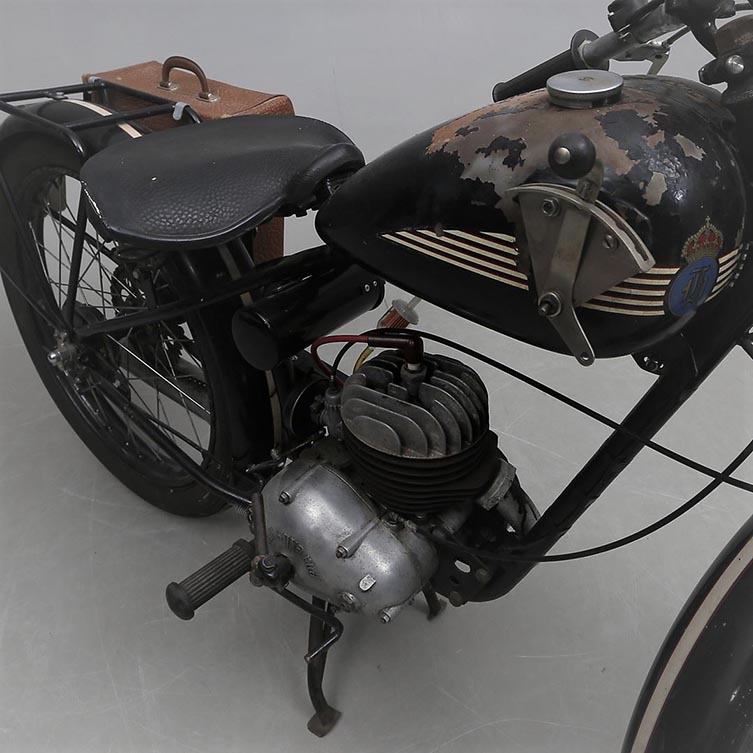
It has been calculated that close to 100,000 units of the 118cc model were manufactured between 1939 and 1959. As opposed to the American Mr. Ford, who only offered his T-vehicles in black during the 20s, at Husqvarna your choice decided which colour would be preferred by the audience and by customers. In black, red or blue…
Related Content
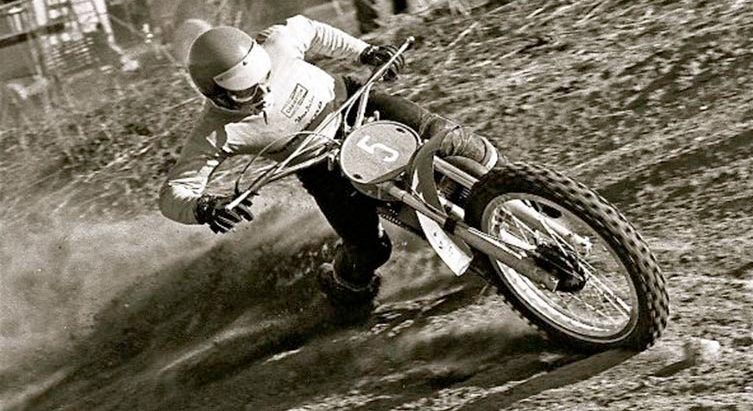

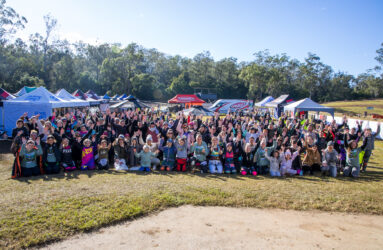


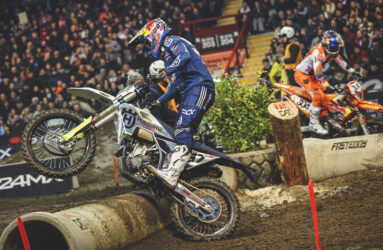




Be the first to comment...